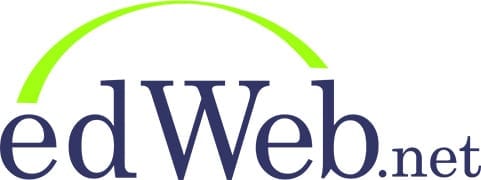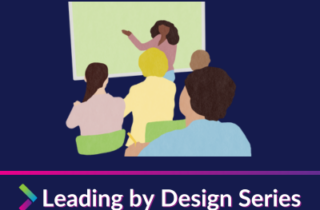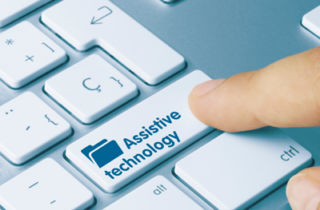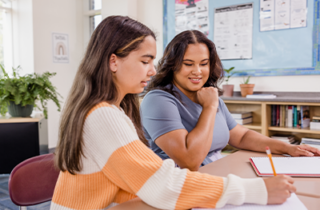One of the most important roles of a leader is the development and implementation of a plan. How good a job one does at that vital step can make all the difference in the plan’s success or failure.
Families are thirsty for information about inclusive technology that supports their children with disabilities. They want to understand and inform the tools schools use. They want to collaborate. Yet, while family engagement is essential—and promoted in the Every Student Succeeds Act and the Individuals with Disabilities Education Act—it is often not operationalized.
Both IEPs and edtech share a similar promise: helping deliver personalized learning so that every child reaches their potential. But while IEPs focus on reaching kids who have already experienced difficulties, edtech is supposed to level the field before students have issues.
You may have new ideas on approaching math curricula. Or you might know a better way to include bilingual students or rally parental support. If you’re passionate about influencing how students learn and want to address policy issues, leadership just might be your calling.
Multilingual students come to the classroom with unique cultural experiences and language practices. When recognized and built into instruction, learners see that their cultural and linguistic uniqueness is valued, relevant, and crucial to how and what they learn.
To prepare students to be successful in tomorrow’s workplace, they must not only have deep content knowledge but also the skills to apply that knowledge.
Implementing Multi-Tiered Systems of Support (MTSS) presents districts with many challenges because it requires a fundamental change in how all personnel interact with and support students.
Imagine the constant confusion and self-doubt that the students with dyslexia grapple with daily. Reading is an integral part of every subject, but for them, there is a mismatch between how their brains work and how they’re being taught.
School administrators never know when they’ll be moving on. Whether it’s the end of the contract, a change in board membership, or a change in the community’s needs, the only certainty is that the next leader should be ready to take over.
Each school year brings new challenges, but the key for school leaders is to convert these challenges into positive opportunities. During the edLeader Panel “Leading Learning in the 2023-2024 School Year: Challenges and Opportunities,” two superintendents who serve as the Chair and Co-Chair of the CoSN/AASA EmpowerED Superintendents Advisory Panel, along with the Executive Director of AASA, The School Superintendents Association, identified five areas of concern for this year and how they are addressing them.











